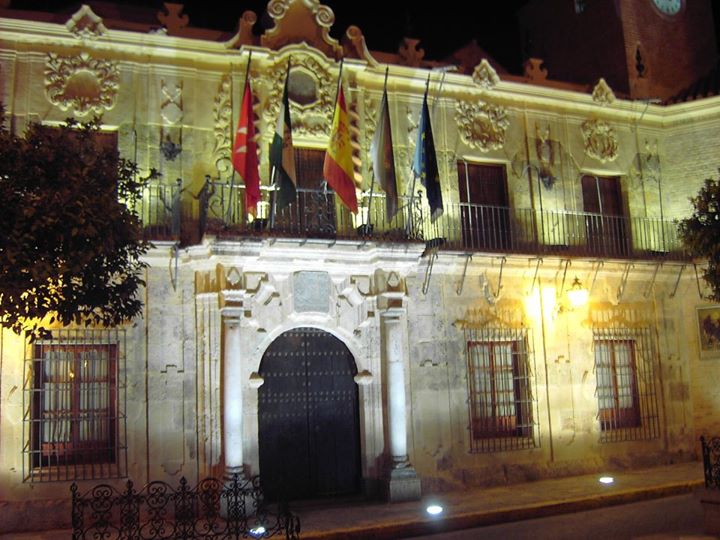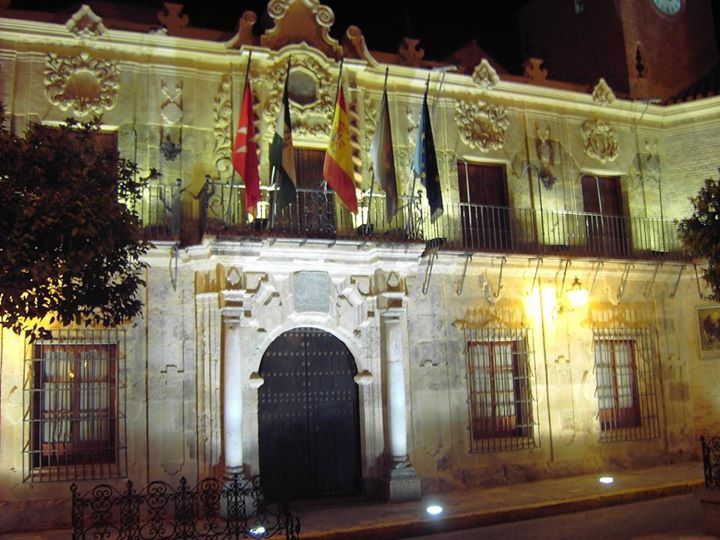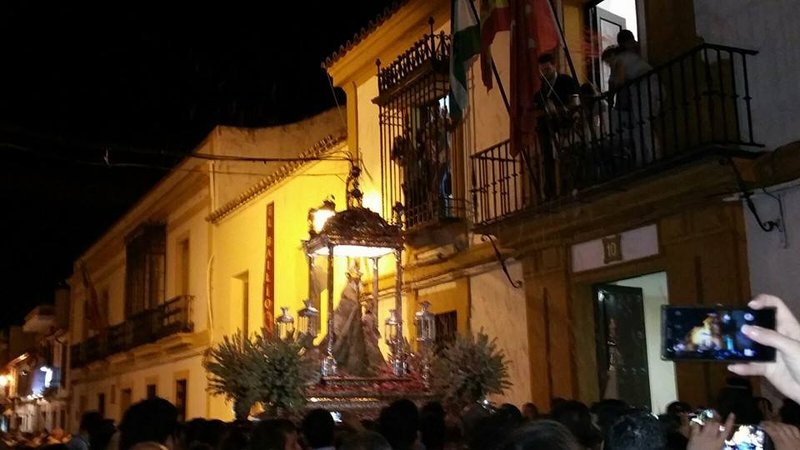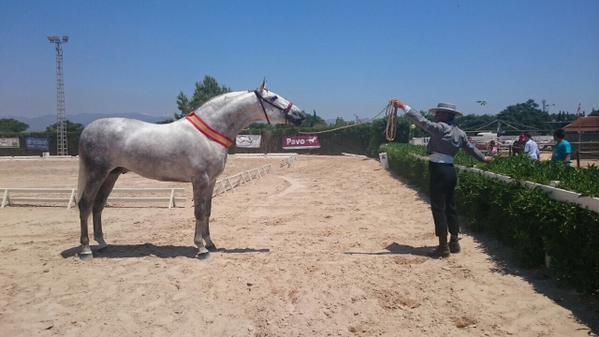Lora del Río

The city, whose name comes from the word " lora " (laurel), is located in the eastern part of the province, on the right bank of the Guadalquivir River. It is surrounded by a varied landscape: mountains to the north, countryside to the south and a valley in the centre. This variety has conditioned the life of its inhabitants and enriched its traditions and cultural manifestations.
Its strategic geographic situation is reflected in its history, its heritage and in its urban layout. The most outstanding monuments of this beautiful locality are the Casa de la Virgen, the Convent de la Limpia Concepción de Nuestra Señora, the Casa de los Leones, the parish church of Nuestra Señora de la Asunción, the church of Nuestro Padre Jesús and the Sanctuary of Setefilla.
History
In the III millennium B.C. there seems to have existed a settlement near the present-day Lora del Río. The Romans settled in the region at the end of the III century B.C. and established a centre called Arati for the production and export of olive oil. The emperor Vespasian converted it to a "Municipium Flavium Axitianum", subject to Roman law. At one point it had seven hamlets, called Septe Filias, under its jurisdiction. The name became Setefilla, location which has the Sanctuary of the Virgen of Setefilla.The numerous Visigothic funerary artefacts discovered are an indication of their importance, although exact data of the period is still lacking.
In the period of Al-Andalus it was called La Lawra. It continued to be an important urban and defensive centre between Cordoba and Seville.
The Christian conquest was undertaken by Ferdinand III in 1247. In 1249 he ceded the village to the Order of San Juan de Malta, who used the land to create a little domain, the capital of which was Lora, as stipulated in the Charter of 1259. This situation prevailed until the abolition of feudal domains in 1837.
Lora del Río reached its maximum splendour in the course of the 18th century, as evidenced by the large number of public buildings, churches and private residences built at the time.
The important events of the 19th century contributed to the modernisation of the city, and the colonisation of the farmlands led to the creation of two new settlements: Setefilla y El Priorato.
Eminent citizens
Francisco Vélez Nieto, writer and poet.
Juan Cervera, poet.
José Remesal Rodríguez, archaeologist.

- Max 34
- Min 29
- Max 93
- Min 84
- °C
- °F









